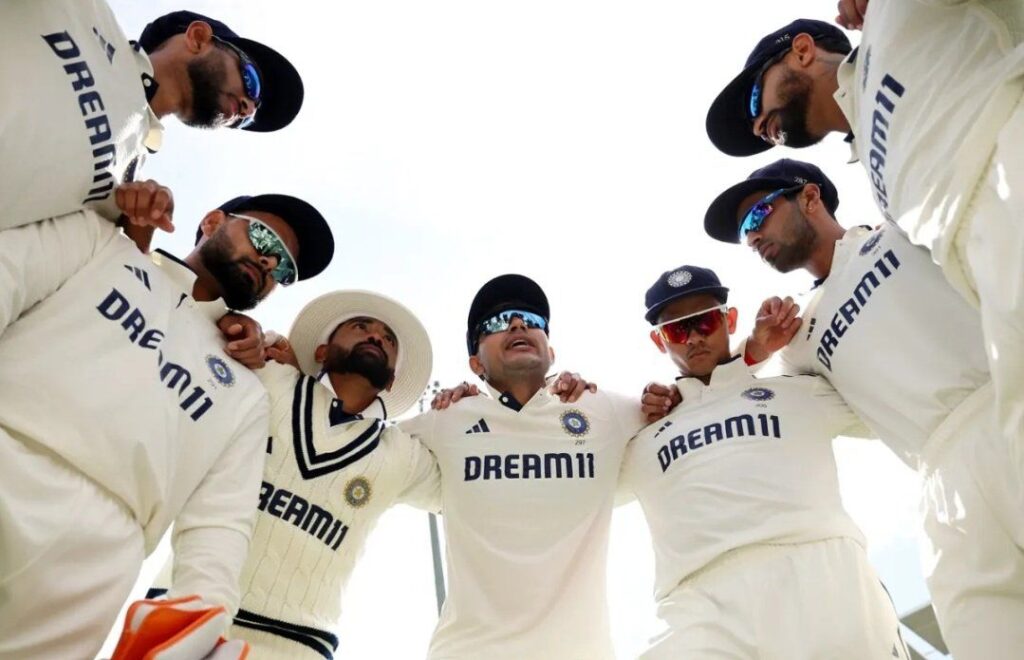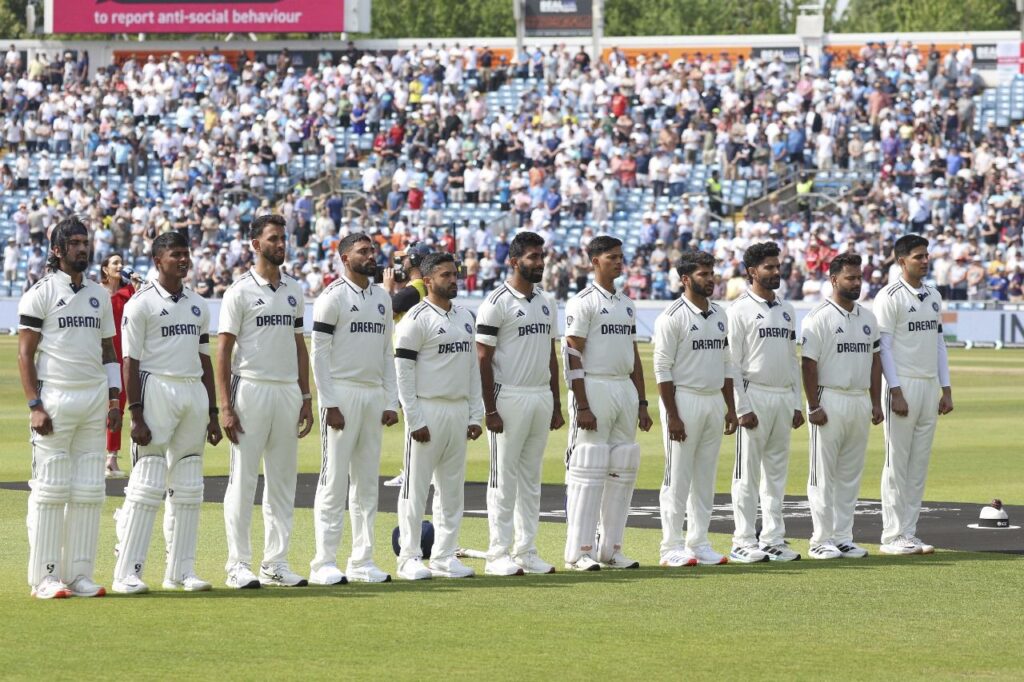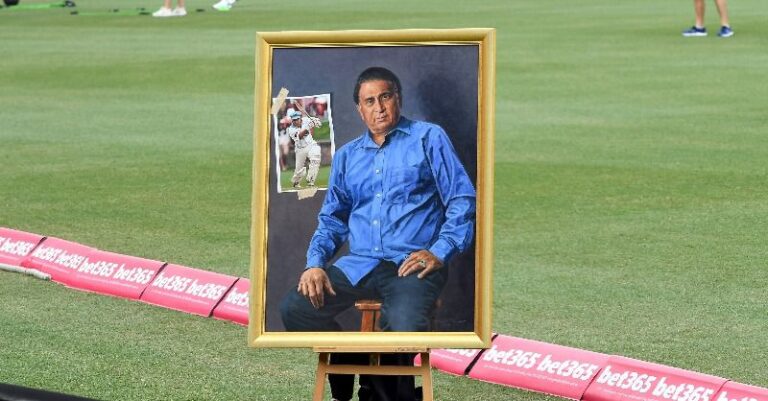
The Indian cricket team is at a critical juncture in the Anderson-Tendulkar Trophy 2025. After a gut-wrenching 22-run defeat in the third Test at Lord’s, India trail England 1-2 in the five-match series. With the fourth Test at Old Trafford, Manchester (July 23-27, 2025) looming, the team management, led by head coach Gautam Gambhir and captain Shubman Gill, faces immense pressure to recalibrate their approach to level the series. The reported absence of key players, including the world’s No. 1 Test bowler Jasprit Bumrah, wicketkeeper-batter Rishabh Pant, and batter Karun Nair, adds further complexity to India’s plans. This blog explores India’s potential strategy for the upcoming Test, the rationale behind the probable playing XI, and the broader implications for the team as they aim to bounce back.

The Context: Lord’s Heartbreak and Its Lessons
The Lord’s Test was a classic, with England edging out India in a thrilling finish, thanks to Ben Stokes’ marathon bowling spells and Shoaib Bashir’s decisive blow to dismiss Mohammed Siraj. India’s chase of 193 fell short at 170, with Ravindra Jadeja’s valiant 61* not enough to steer the team to victory. The defeat exposed several vulnerabilities:
Top-Order Struggles: While Yashasvi Jaiswal and KL Rahul have been consistent openers, Karun Nair’s lackluster performances at No. 3 have put pressure on the middle order. His inability to capitalize on starts has been a growing concern.
Bowling Fatigue: Jasprit Bumrah bowled 27 overs in the first innings and 16 in the second at Lord’s, raising questions about workload management. Despite his five-wicket haul (5/74), India’s bowling attack struggled to close out the game.
Fielding Lapses: India’s six dropped catches in the first Test at Headingley and additional errors at Lord’s have been costly, allowing England to capitalize on key moments.
Lower-Order Resilience: Jadeja’s defiance and Bumrah’s 53-ball resistance for the ninth wicket showed India’s lower order can fight, but the team needs more consistency from the tail.
The Lord’s defeat, coupled with the absence of three star players, forces India to rethink their strategy. The probable playing XI—Yashasvi Jaiswal, KL Rahul, Sai Sudharsan, Shubman Gill (C), Ravindra Jadeja, Dhruv Jurel (WK), Nitish Kumar Reddy, Washington Sundar, Arshdeep Singh, Akash Deep, Mohammed Siraj—reflects a blend of continuity, bold changes, and a focus on adaptability.
The Big Absences: Bumrah, Pant, and Nair
The reported absence of Jasprit Bumrah, Rishabh Pant, and Karun Nair is a significant blow. Let’s break down the implications:
Jasprit Bumrah (Workload Management): Bumrah, the linchpin of India’s bowling attack, has been managed carefully due to his injury history and workload concerns. Before the series, the team management, including chief selector Ajit Agarkar and coach Gambhir, confirmed Bumrah would play only three of the five Tests. Having featured in the first (Headingley) and third (Lord’s) Tests, where he claimed five-wicket hauls, Bumrah is likely being rested for the fourth Test to ensure he’s fresh for the series decider at The Oval (July 31-August 4). His absence is a gamble, as India have lost seven of their last 10 Tests with Bumrah in the XI, but also struggled without him in the second Test, despite the 336-run win at Edgbaston.
Rishabh Pant (Injury Concerns): Pant’s finger injury during the Lord’s Test, sustained while keeping, saw him relinquish wicketkeeping duties after 34 overs. Although he batted in both innings, scoring a half-century in the first, his availability was uncertain. However, a Sky Sports report suggests Pant may still play, with captain Gill stating post-match that scans showed no major injury. If Pant is rested, Dhruv Jurel, who impressed with his glovework at Lord’s and has 202 runs in six Test innings, is a capable replacement.
Karun Nair (Form and Selection): Nair’s return to the Test side was heralded after his domestic success, but his performances in England—failing to convert starts in three Tests—have been underwhelming. His likely exclusion for Sai Sudharsan, who played the first Test but was dropped, signals India’s intent to prioritize form and adaptability.




